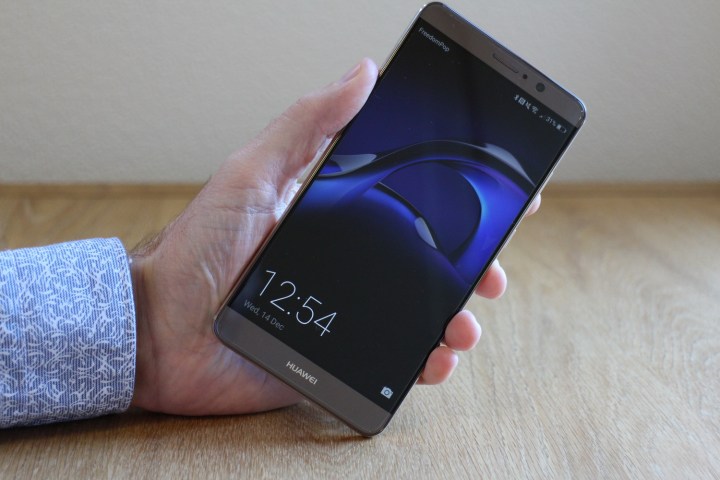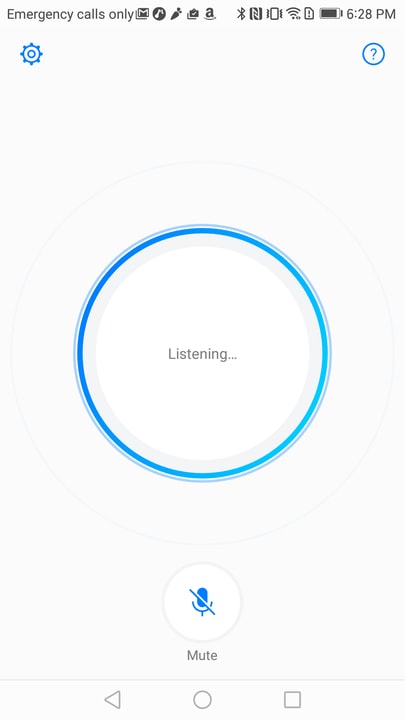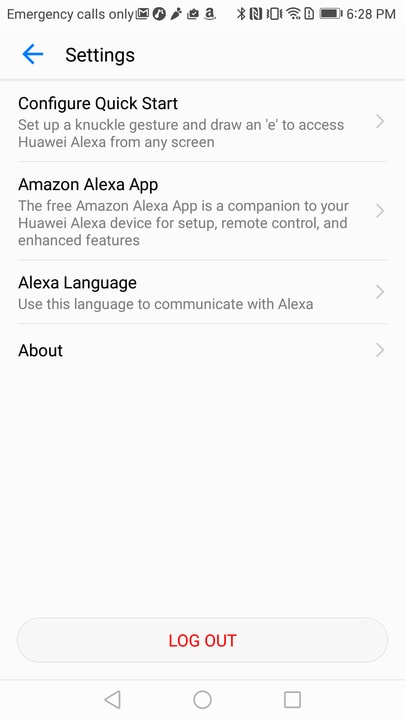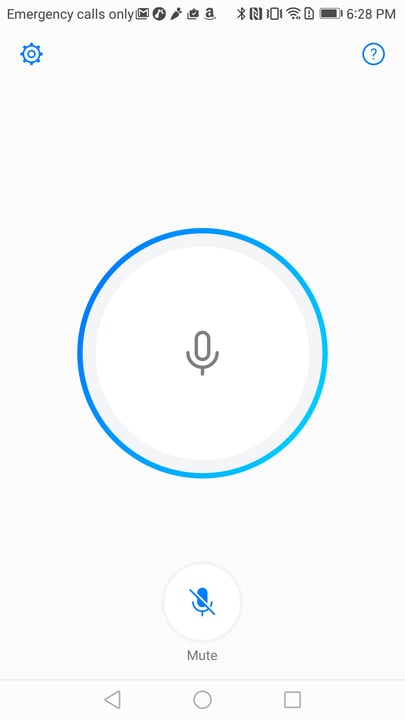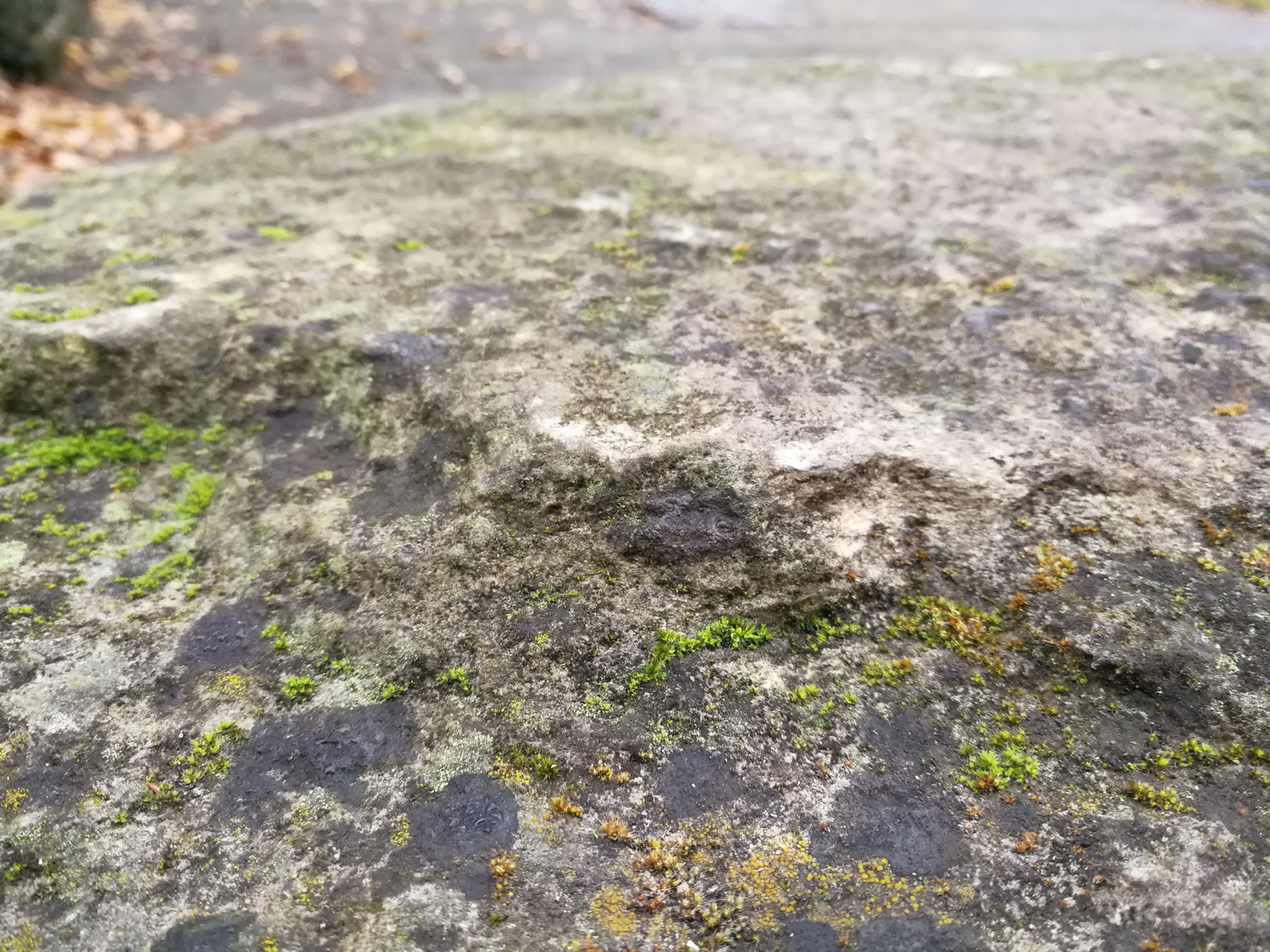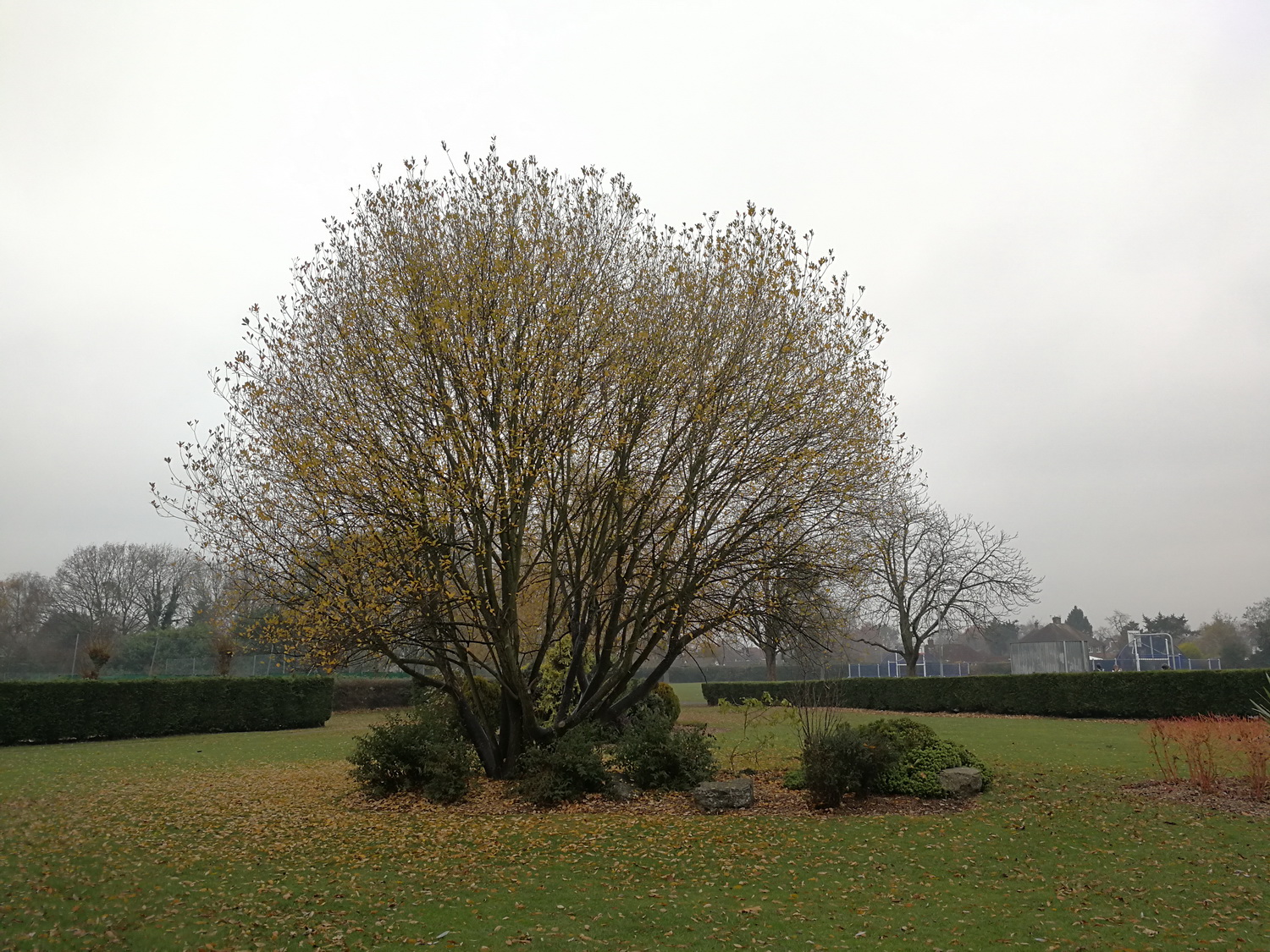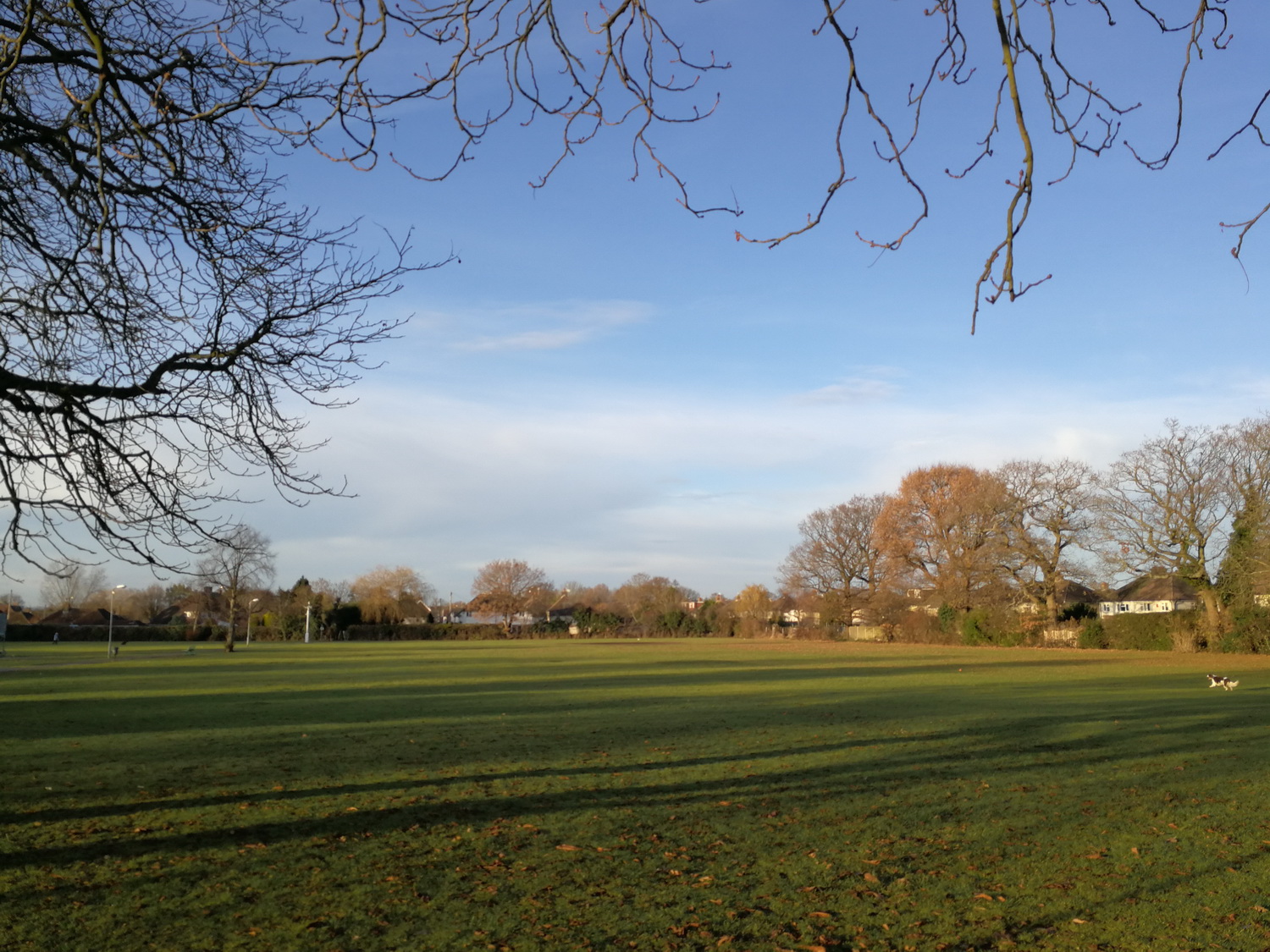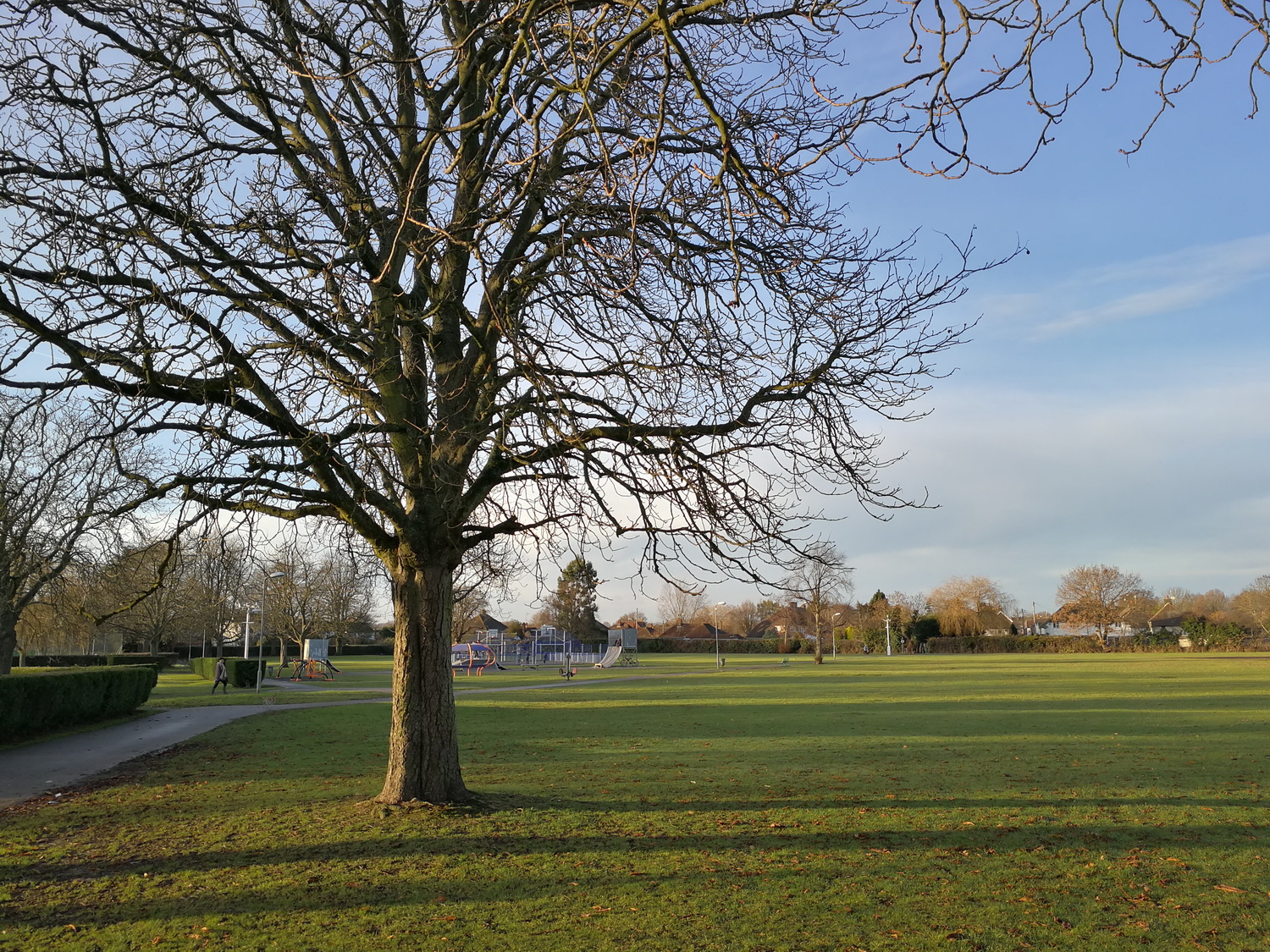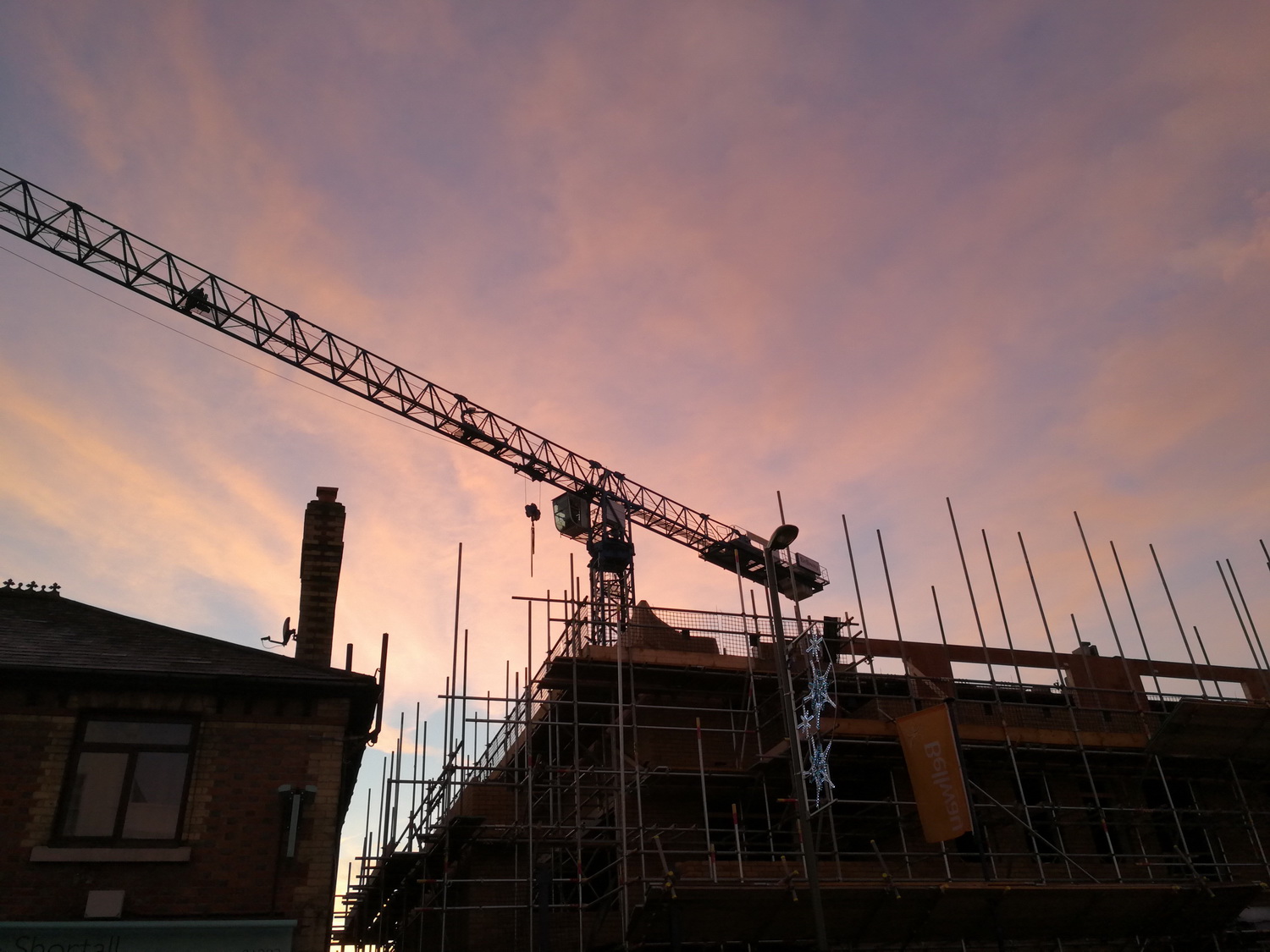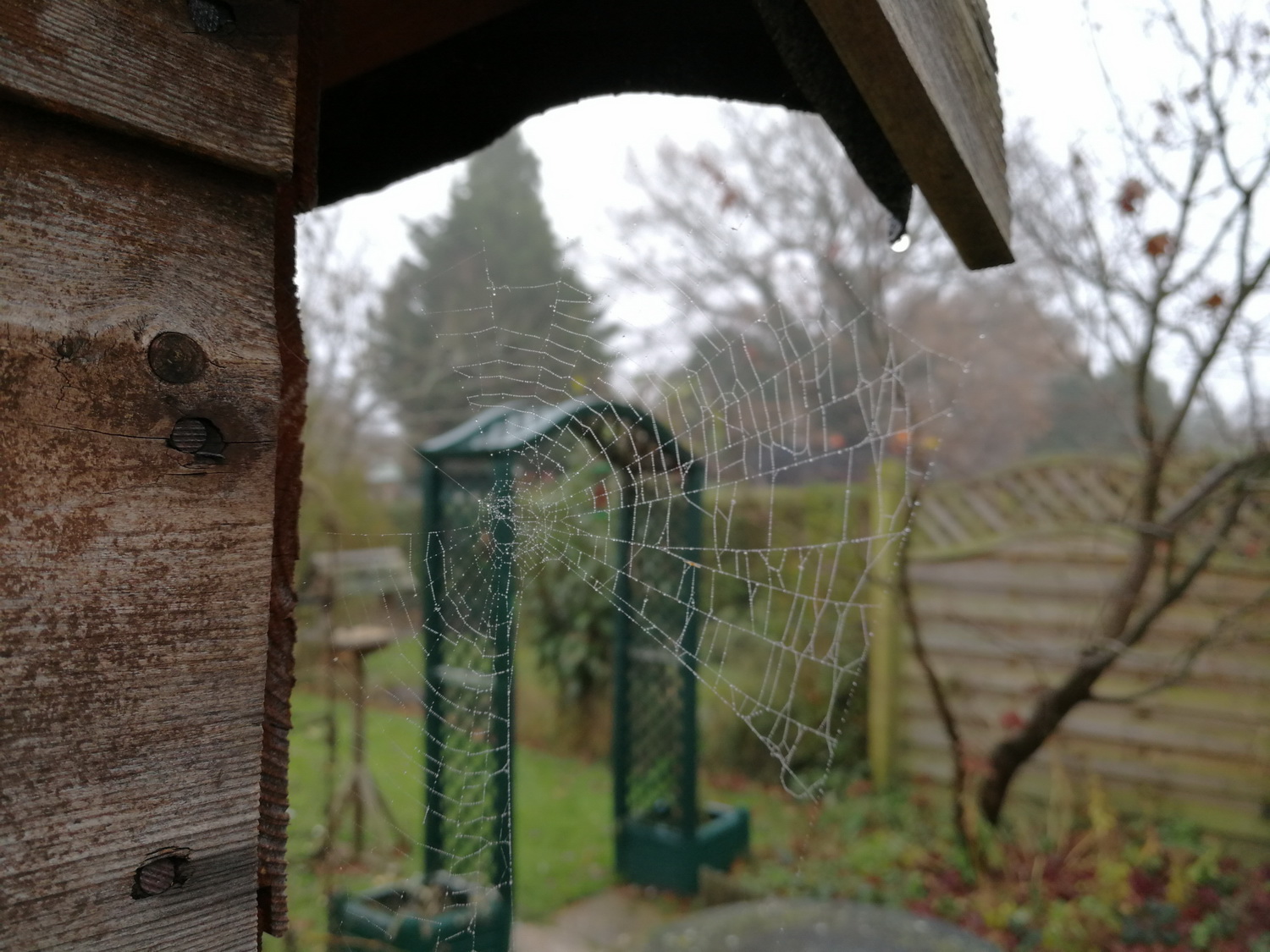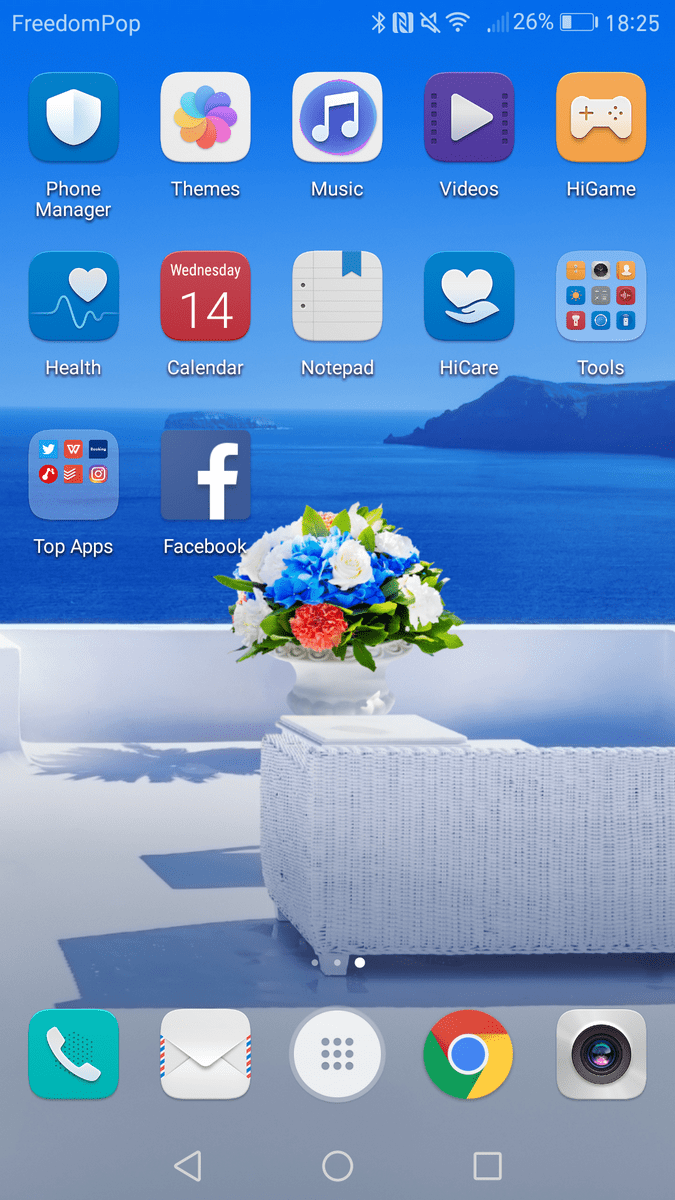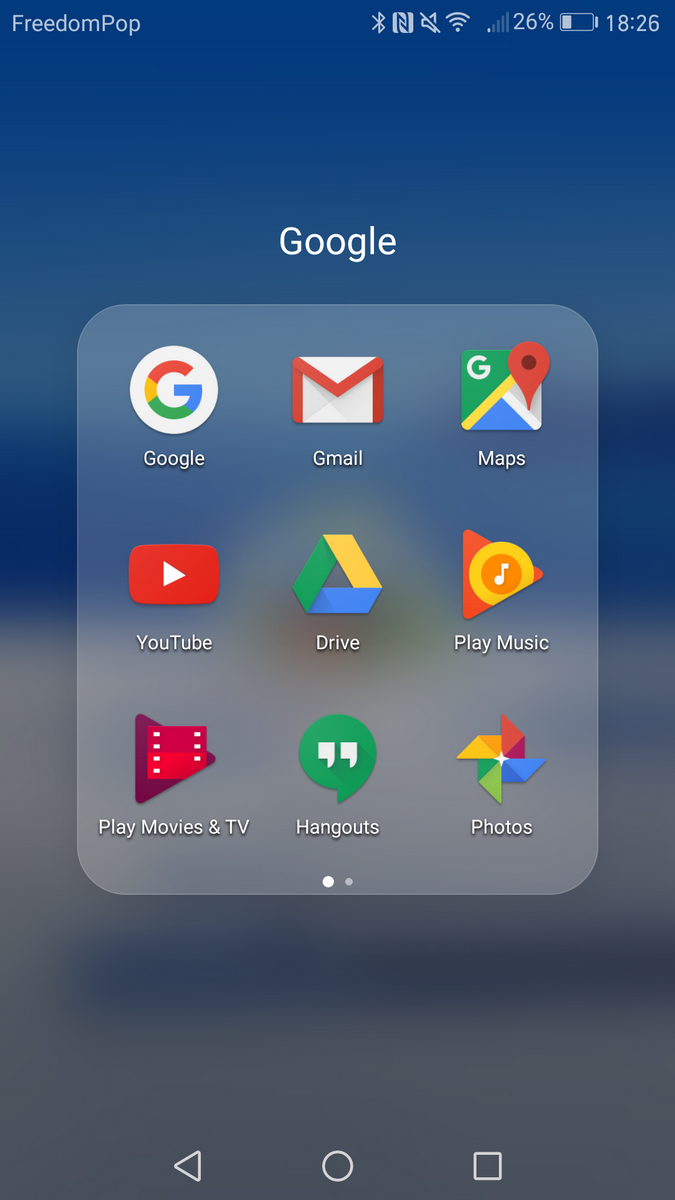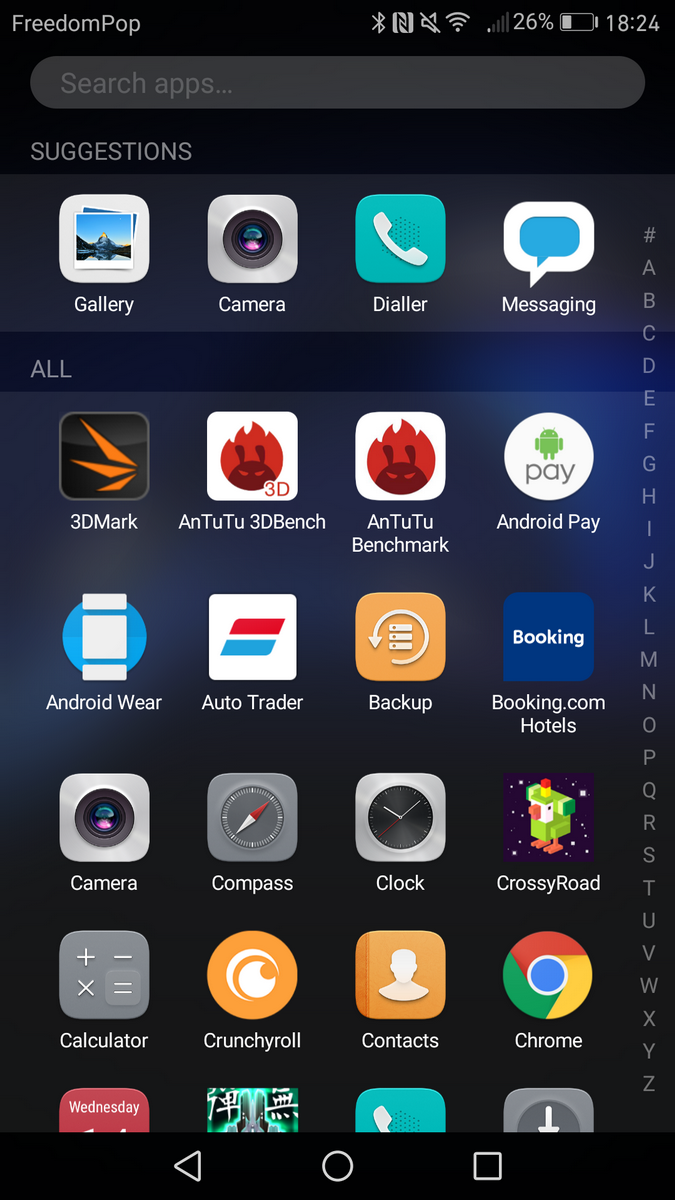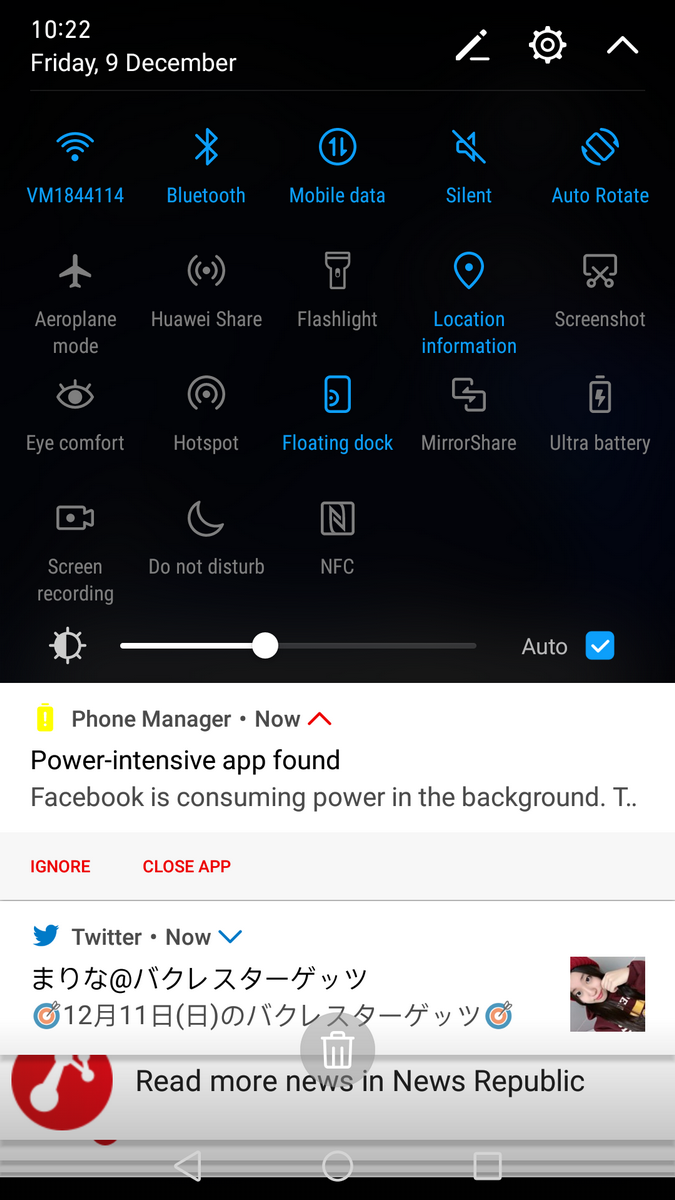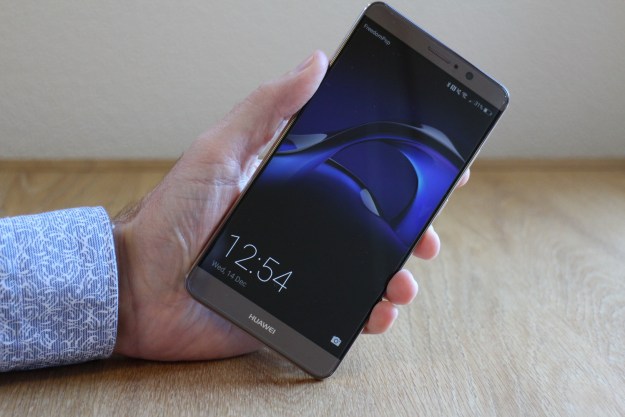
“Huawei’s Mate 9 is an incredible big-screen behemoth that’ll make you forget all about the Note 7.”
- Surprisingly compact body
- Amazing dual-lens Leica camera
- Revised and improved software
- Alexa support
- Big battery
- Not water-resistant
- No U.S. release date yet
- Uninspired design
Although it wasn’t the only big-screen smartphone released in 2016, the Galaxy Note 7 will be the device everyone remembers. Samsung’s next big thing turned out to be a big disaster, and what was almost the Android phone everyone heartily recommend became the Android phone to avoid. It left the crown for best trouser pocket-stretching phone up for grabs, so what phone should people who find a 5.5-inch display just too restrictive buy?
Huawei swooped in to save the day with the Mate 9, the follow-up to last year’s well-received Mate 8. It has a massive 5.9-inch screen, a strong processor, and a new version of the superb Leica camera we adored on the Huawei P9. Samsung’s misfortune turned out to be Huawei’s opportunity to wow smartphone fans in the U.S.
A giant screen in a modest package
Here’s a surprise: The Mate 9 isn’t a big smartphone. The screen may be massive, but Huawei has clearly used some form of magic to squeeze it into a small body. It’s shorter and the same width as the LG V20, which has a 5.7-inch screen, and just 2mm longer and 3mm wider than the 5.5-inch Pixel XL. Probably not coincidentally, it has a nearly identical footprint to the Apple iPhone 7 Plus.
It sits very comfortably in your hand. Yes, you still have to stretch your thumb from one side of the screen to the other, but it’s not an impossible task. It takes no more effort to do so than on “normal” phones like the iPhone 7 Plus or the Pixel XL. The use of on-screen Android menu keys only helps, too. Huawei smoothed the sides of the metal body, but left enough of an edge to give the phone some “bite,” lowering the chances of it slipping from your grip.
While it’s relatively compact and comfortable, it is quite heavy at 190 grams. It’s a big, all-metal phone, with a very large piece of Gorilla Glass over the display, so the extra weight isn’t a shock. This whopping size doesn’t apply to the fingerprint sensor, which is below the camera lens on the rear. It’s actually quite small and is completely obscured by my fingertip. It’s no bad thing, and we can’t fault the accuracy.
What the Mate 9 isn’t is very pretty. The design has barely changed from the Mate 8, which was a bit faceless to start with, and although the dual-lens Leica camera gives it some character; the Mate 9 is all business and not much play.
Software tweaks add features
Huawei has always frustrated us with its software. It covers Android in its own Emotion user interface (EMUI), which in the past has been intrusive, sometimes buggy, and often awkwardly frustrating. No more so than many other third-party user interfaces, but it usually let the overall phone experience down in a way that seemed unnecessary.
The screen may be massive, but Huawei used some form of magic to squeeze it into a small body.
The Mate 9 still has EMUI, but it’s version 5, and it has been refined. Huawei tells us it’s the company’s biggest software revision to date, with more than 400 alterations, many of which remove older elements we didn’t like. The great news is it’s built over Android 7.0 Nougat, and our review phone has the newest Android security patch installed, so it’s about as up to date as Android phones can get.
Huawei was always a great fan of spreading apps across multiple home screens, Apple-style, rather than giving Android users an app drawer. Rejoice, Android purists, because the Mate 9 has an app drawer. It’s an option hidden in the menu system, but it’s there. Personally, I’ve never had a problem with putting apps on home screens, but having the chance to clear them, highlight key apps, and show off some cool wallpaper is great.
The notification shade now offers a more standard Android experience. Before, EMUI made you swipe about to reach the shortcuts for Wi-Fi, Bluetooth, and other options. On the Mate 9 with EMUI 5, you swipe down to open the shade, then again to reveal all the shortcuts. Just like standard Android on phones like the Pixel and Nexus devices. It’s excellent news.
There’s still a range of pre-installed apps, including Huawei’s own music and video player, game centre, notepad, weather app, calculator, clock, file manager, compass, download manager, and many more. A Booking.com, WPS Office, Todoist, and News Republic app are also onboard, the latter of which insists on sending breaking news alerts as notifications, until I made it stop by uninstalling it. The majority of the pre-installed apps can be removed, so if you can’t stand the sight of them, it’s easy to clear them out.
Huawei included a few notable additional features. App Twin allows you to run two different accounts from a single app. For example, you can run a personal and work version of Facebook or WhatsApp on the same device. Use is limited to supported apps, though. To minimize the negative effects on sleep caused by blue light from the screen, there’s an eye-comfort mode with a scheduler, and there’s a sound recorder that makes great use of the multiple microphones.
Although it’s too early to tell, Huawei has used some clever algorithms to stop Android from slowing down over the length of time you own it. Huawei also uses this machine learning system to monitor how you use the phone, and what apps you frequently use, to try and predict what you do on a regular basis. With these insights, it funnels system resources to those apps and features automatically, in theory making the phone faster in the places you want it. It’s difficult to say if this works, but the phone’s really fast, regardless of how it achieves it.
The changes made to EMUI are interesting. It’s a vast improvement over previous models, and no longer a reason to avoid a Huawei phone, but it’s still different and unique enough so as not to lose its Huawei identity. That’s clever, and shows the effort that has gone into the software. The Mate 9’s EMUI fills a pleasing, usable space in-between stock Android and Huawei’s previous extreme customization techniques. We’d still prefer the Pixel’s clean, standard version of Android, but Huawei has taken a giant leap forward here.
Amazon Alexa
Alongside the Mate 9’s release in the U.S., Huawei also announced a collaboration with Amazon that saw the retailer’s Alexa voice assistant pre-installed in regions where it’s available. The Mate 9’s Alexa app does everything Alexa can do through the Amazon Echo and Echo Dot, including smart home control, weather reports, news, traffic, alarms, calendar support, and plenty more. It has access to Amazon’s collection of more than 10,000 skills that tap the assistant’s voice recognition capabilities, and support for English, German, and British English dialects.
But while Alexa is a genuinely helpful assistant, don’t expect Siri-like levels of control. Amazon’s assistant doesn’t show visuals like the retailer’s Echo Show speaker, and there’s no hands-free way to interact with Alexa on the Mate 9. (You have to open the app and tap on the bright blue microphone icon before saying a command.)
Another annoyance? Personalizing Alexa on the Mate 9 requires installing Amazon’s dedicated Alexa app via the Google Play Store. Without it, you can’t save a home or work address for traffic updates, link your calendar, check your search history, or manage your shopping list, which feels like a step backward.
All that said, we were generally impressed with Alexa’s performance on the Mate 9. It made out most of our commands without a problem, and responded to questions about the weather, local government, and pop culture trivia really quickly. We were a little disappointed to discover that the Alexa app doesn’t prevent the Mate 9’s screen from dimming — when your phone switches off, you have to unlock it if you want to feed Alexa a follow-up command — but Amazon says it’s working on a fix.
Lightning fast performance
Huawei doesn’t use the Qualcomm Snapdragon 821, or any Qualcomm chip, in its flagship phones. The Mate 9 introduces the Kirin 960 octa-core processor, which is the first to use ARM’s newer A73 design, bringing it right up to date. It’s a monster. Regardless of the task, game, or app, the Mate 9 sprinted along, never showing any signs of fatigue.
Put the phone through the usual benchmark tests, and it comes close to Snapdragon 821 devices, such as the OnePlus 3T, depending on the test. It’s worth remembering the Mate 9 has 4GB of RAM, rather than the OnePlus 3T’s 6GB. On AnTuTu, the Mate 9 scores 132,922, which is way below the OnePlus 3T’s average 166,000. Geekbench 4 is more interesting, as it records 5,893, considerably more than the OnePlus 3T’s 4,390. Gaming benchmark app 3D Mark returned a 2,389 score on Slingshot Extreme.
That said, the Mate 9 can’t measure up to the newer Snapdragon 835 in the Galaxy S8. In PCMark, the 835 scores about 10 percent higher than the Kirin 960. And in GFXBench GL, which tests the chips’ graphics performance, it maintains around a 30 percent lead on the Snapdragon 821.
But importantly, the tiny stutters and pauses we’ve seen in older Huawei phones — almost certainly caused by EMUI — are gone on the Mate 9. They were never hugely intrusive, but remove them and the overall experience is cohesive, smoother, more mature, and speeds up work flow in subtle ways. The Mate 9 is a phone primarily aimed at people who wear suits and carry briefcases, and this is important for productivity fiends.
Stunning dual cameras by Leica
The Huawei P9 was the first to feature a Leica co-developed dual-lens camera, and it remains an amazing camera phone. The Mate 9 brings the second-generation sensor with it, along with lots of expectations. Early builds of the software didn’t bring out the camera’s best, and we held off reviewing the device before the final version was ready to test.
It changed everything for the better, and we’re extremely pleased to report the Mate 9’s camera is every bit as fantastic as the P9’s. The top lens shoots in color and has 12 megapixels, while the monochrome lens underneath has been boosted to 20 megapixels. There’s optical image stabilisation, phase detection, laser autofocus, 4K video recording, and a f/2.2 aperture.
A headline feature often reported is the inclusion of a 2x optical zoom. This feature actually uses the two lenses together to create a digital zoomed in 12-megapixel picture, without a loss of quality. It does a good job, although zoom in on the already zoomed in picture and there’s a definite loss of quality when you compare it to a standard, non-zoomed version.
The camera can also create pictures with a bokeh effect, where the background is blurred around a single subject, reproducing an effect usually seen on DSLR cameras. It’s becoming more common on smartphones, including Huawei’s own P9, the Honor 8, the iPhone 7 Plus, and Xiaomi’s Redmi Pro. It’s every bit as fun to use as on the P9, and is more versatile than the iPhone’s Portrait mode, thanks to the ability to alter the focal point after the photo has been taken.
Cameras should inspire creativity. At least, the best ones should. The Mate 9 is more inspiring than a TED Talk given by Isaac Newton, Albert Einstein, and Leonardo da Vinci, when each is introduced to the stage by The Rock. It makes you look at things differently. It doesn’t matter if the subject is near or far, in the light or the dark, would look better if captured in black and white, or shot bokeh-style. The Mate 9 will take that picture, and it’ll look brilliant.
Monochrome mode is a real joy. I took a picture of a deserted train station platform that in color was nothing special. Switch to monochrome, and it becomes a minutely detailed, moody shot where one expects to see Harry Lime emerge from the shadows. It’s all so easy to use. A slide-in menu adjusts modes, and there’s a simple touch-and-swipe method of adjusting focus in bokeh shots. There’s plenty for the more serious photographer as well, including a manual mode, and the option to save those shots in RAW format. If you’re messing around with the shutter speed, you’ll need to use a tripod unless blurry shots are your thing.
The Mate 9’s Leica camera is superb, and a very strong reason to buy the phone.
A massive display and humongous battery
Huawei has repeatedly said 1,920 x 1,080 pixel screens are more than enough for smartphones — except when it’s making phones with other companies. The special edition Porsche Design Mate 9 has a 2,560 x 1,440 pixel resolution, as does the Huawei-made Nexus 6P, for example. Does that put the Mate 9 at a disadvantage? No, not really, unless you start closely examining pixel density — a rather lowly 373 pixels-per-inch here, when phones such as the Galaxy S7 Edge have 534ppi.
The Mate 9’s screen is bright and colorful, with plenty of adjustments to get the look just right. These include the aforementioned blue-light reducing eye comfort mode, plus font size adjustment, color temperature tweaking, and an option for changing the size of images and characters throughout the interface.
Inside the Mate 9 is a 4,000mAh battery, and it’s charged using Huawei’s proprietary SuperCharge system, which means to get the benefits, you need to use the included wall charger and USB Type-C cable. In our tests, the phone lasted two work days without a problem. Power management is excellent, and just doing basic tasks — a few apps, some social networking, and an email or two — barely shifts the battery percentage meter. Benchmark tests and gaming does consume more energy, obviously, but the Mate 9 handles general day-to-day use very well.
Price, availability, and warranty
Wowing smartphone fans will only happen if they can buy the phone in the first place, and Huawei has always had trouble reaching the U.S., despite considerable success in China, Europe, and increasingly the U.K. But the Mate 9 breaks the mold in that regard. Since January 2017, Huawei has been officially selling the 64GB Mate 9 through Jet.com, Amazon, Best Buy, NewEgg, and B&H Photo, now less than $500. It’s available in space grey and moonlight silver.
It’s a hugely competitive price. The Samsung Galaxy S8, perhaps the Mate 9’s closest current competitor, costs around $625, and we rank the Mate 9 the same. The Google Pixel XL is at least $670. If you’ve only ever read about flagship Huawei phones before, and never tried one out, use the Mate 9. We think you’re going to be impressed.
How about the warranty? Currently, Huawei covers phones for 24-months and batteries and chargers for three months. If the phone has been taken apart, abused, or modified, then it isn’t covered at all. Devices that meet the warranty criteria can be repaired or replaced by an authorised service centre, provided proof of purchase is supplied.
Our Take
It’s a giant smartphone that doesn’t feel like a big smartphone when you pick it up. We love the camera’s ability to inspire and the sheer processing power, but perhaps most of all, it’s the software alterations that make the Mate 9 the first Huawei phone that’s easy to live with everyday, without any modifications.
Is there a better alternative?
If you want a phone with a screen larger than 5.5-inches, the Mate 9 is a great option especially at its now-discounted price. The Galaxy S8 Plus and LG V30, but they’re both very expensive.
There’s also the OnePlus 5, which costs $480 and has a faster processor, but it only has a 5.5-inch screen.
How long will it last?
The Mate 9 isn’t especially hard-wearing. It doesn’t have a rugged body, and although it isn’t made entirely of glass, will benefit from being kept in a case. It’s not water resistant either.
Huawei has based EMUI on Android 7.0 Nougat, but it has just kicked off a beta program for the latest Android 8.0 Oreo. Huawei’s dedication to updates has been questionable in the past, but we’re glad to see the Oreo beta already available. Otherwise, the hardware is exceptional, and the phone has the power and performance to be a strong companion for years.
Should you buy it?
Yes. The reason is simple, the Mate 9’s camera is fantastic, the compact body is a joy to hold, and Huawei has listened to complaints about the software and fixed the majority of them. For $500, it’s still a must-buy. You should know, though, that Huawei is about to launch the Mate 9’s successor — the Mate 10. You may want to wait for the launch event coming up soon before you make a decision.
Buy at JetUpdate: Updated the section about Alexa and added points of comparison to newer devices, including the Galaxy S8.

